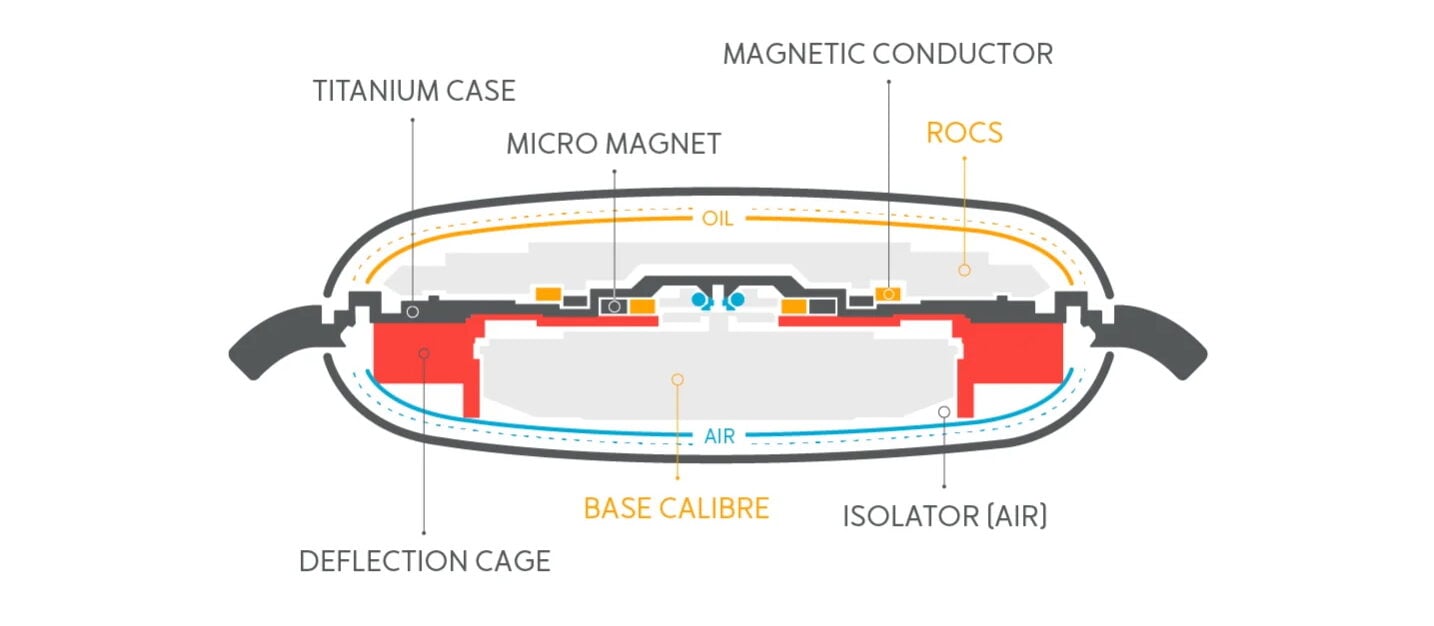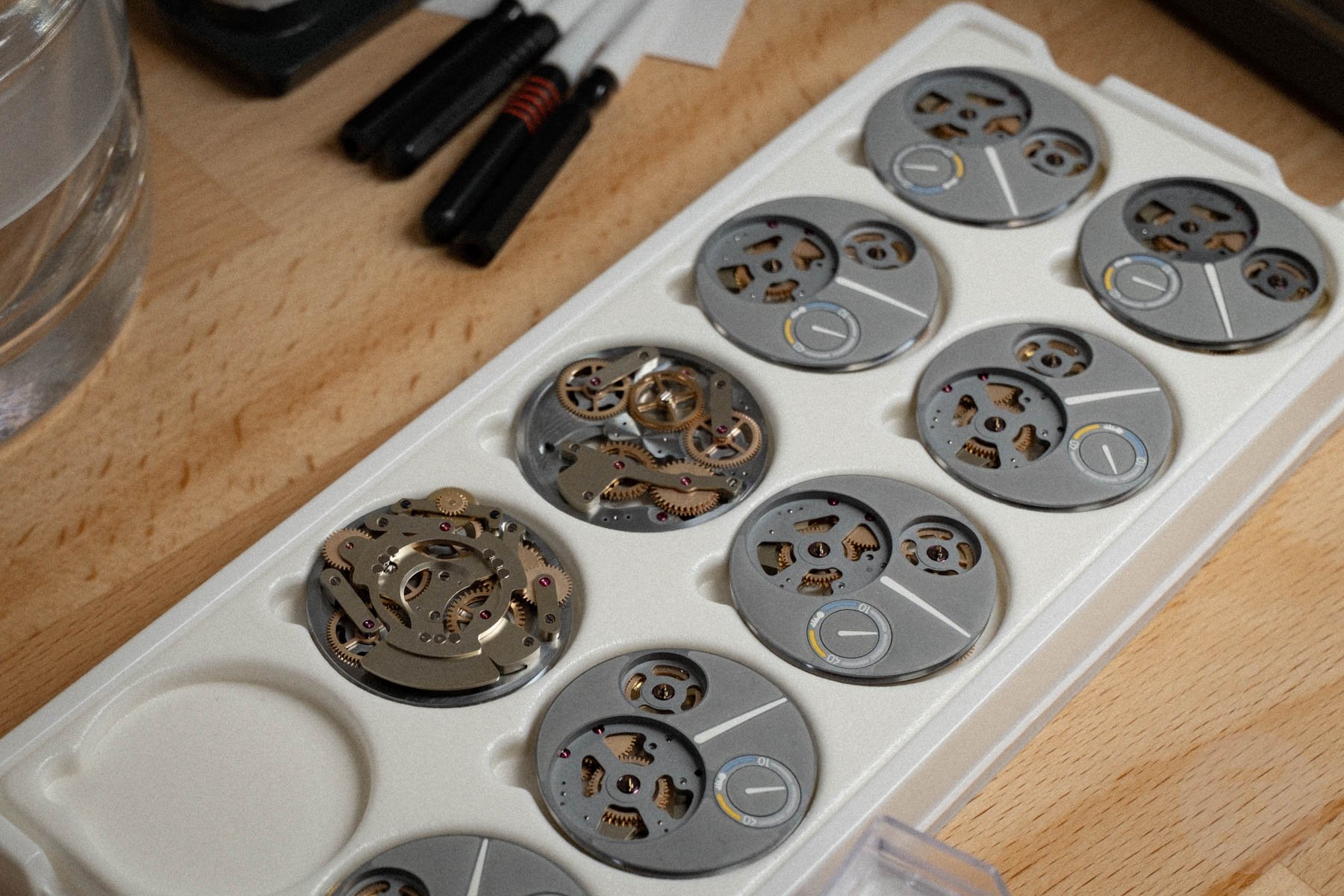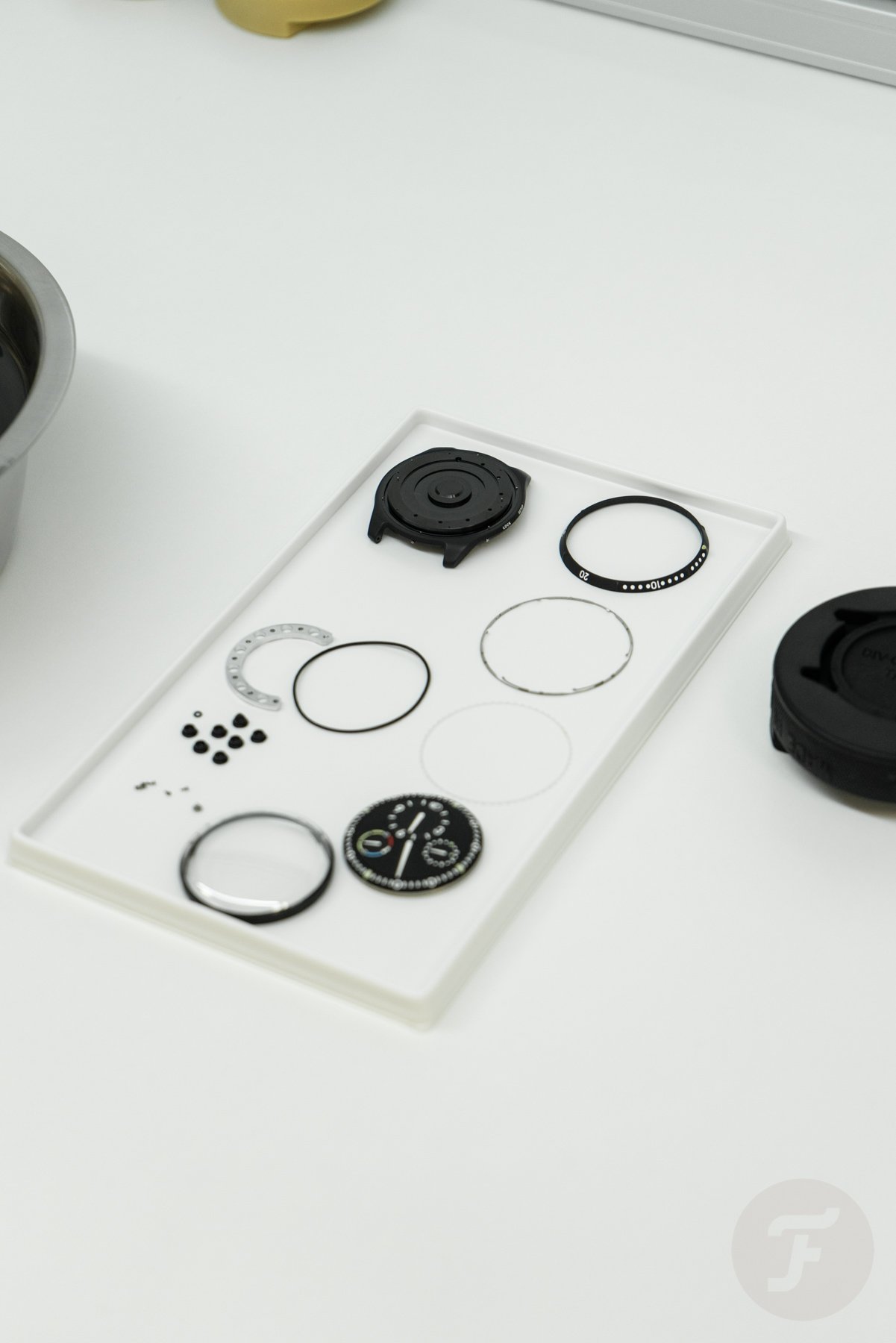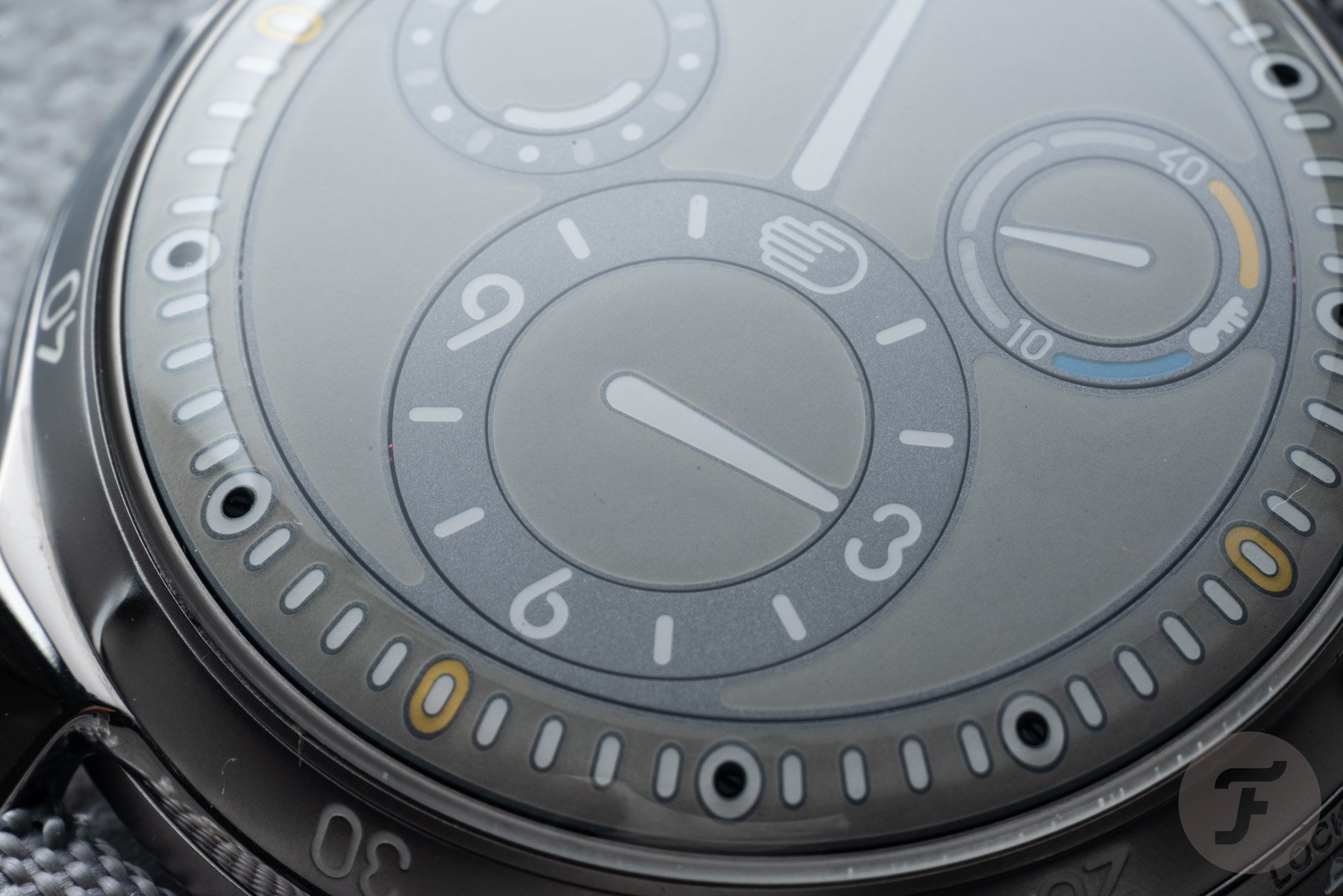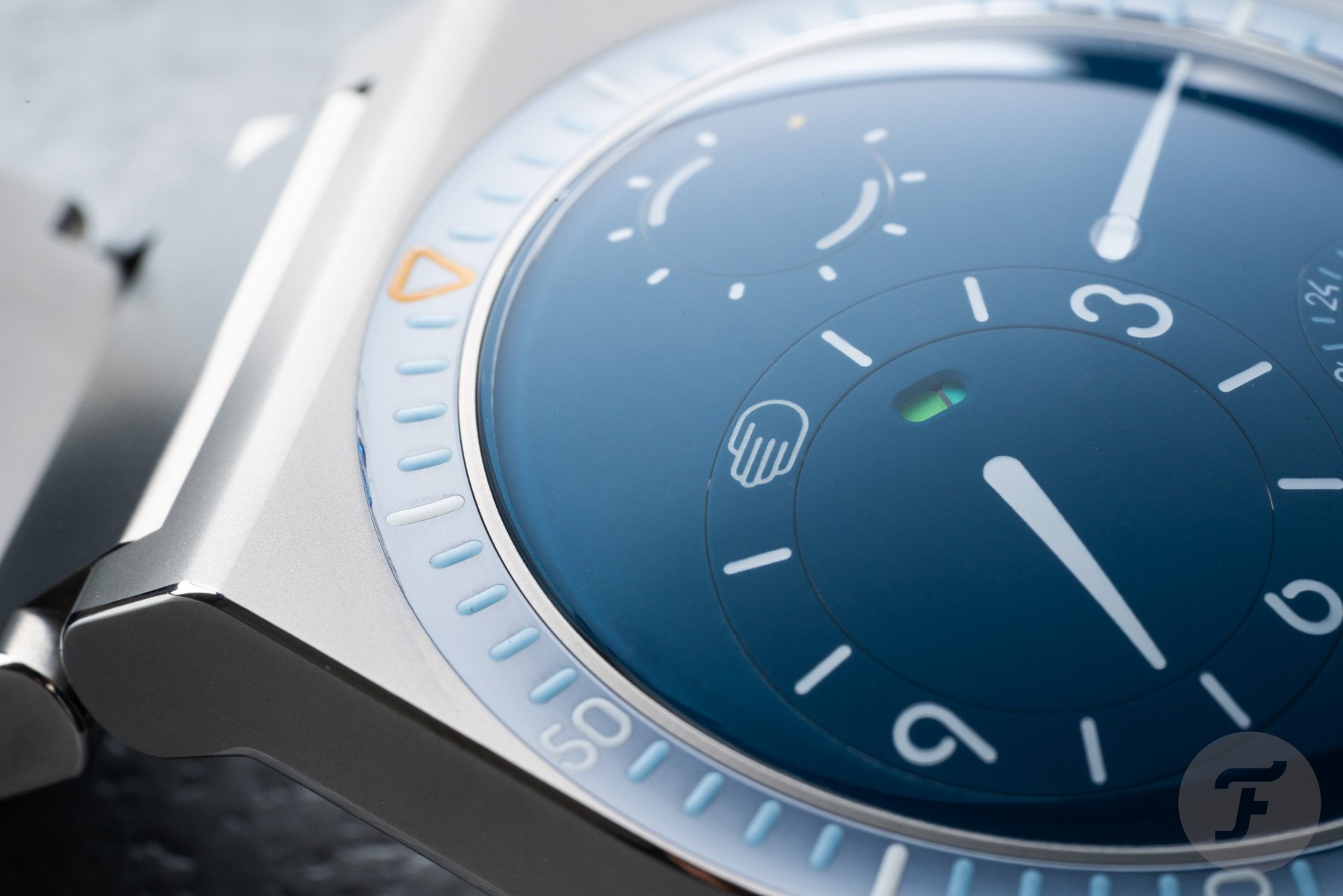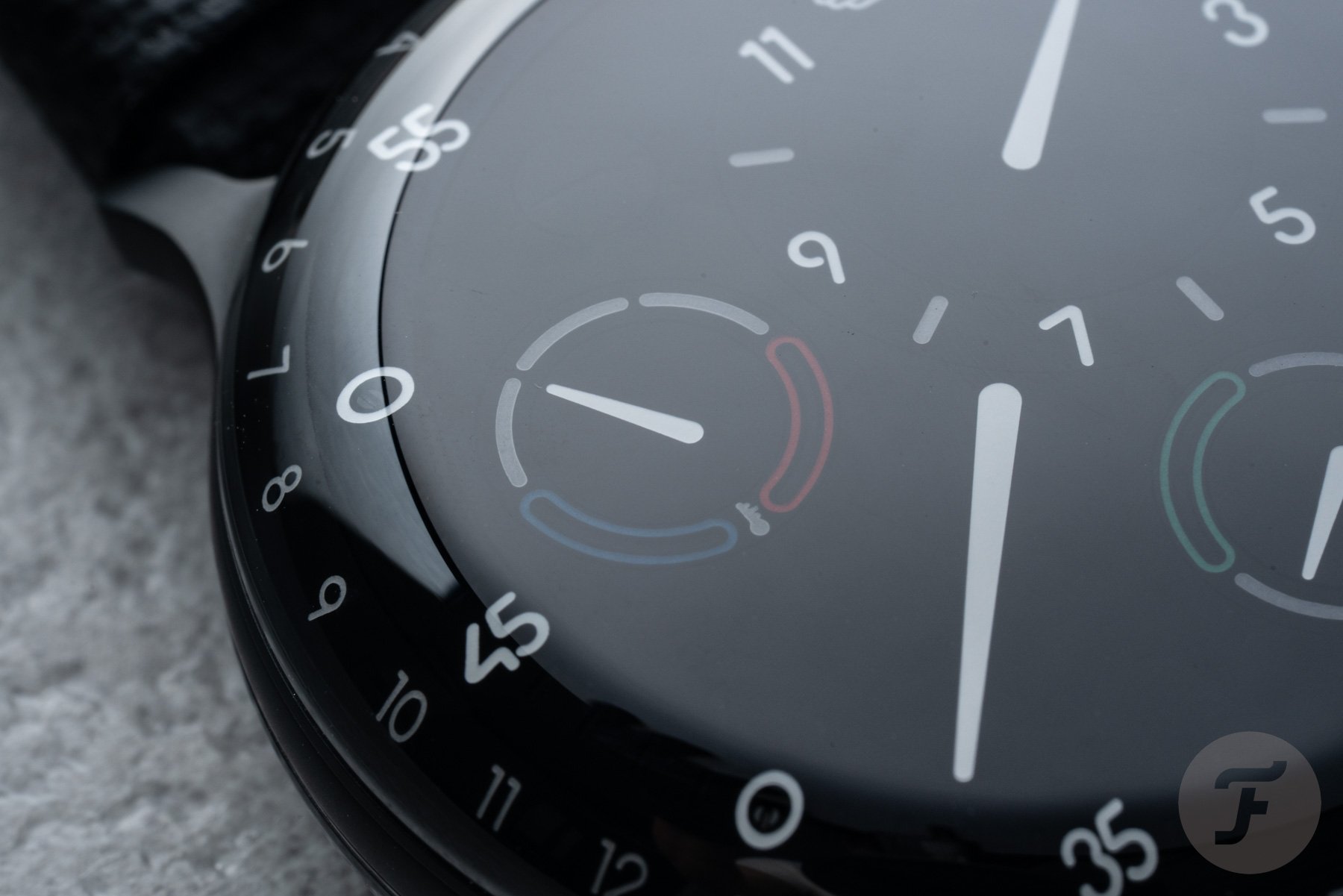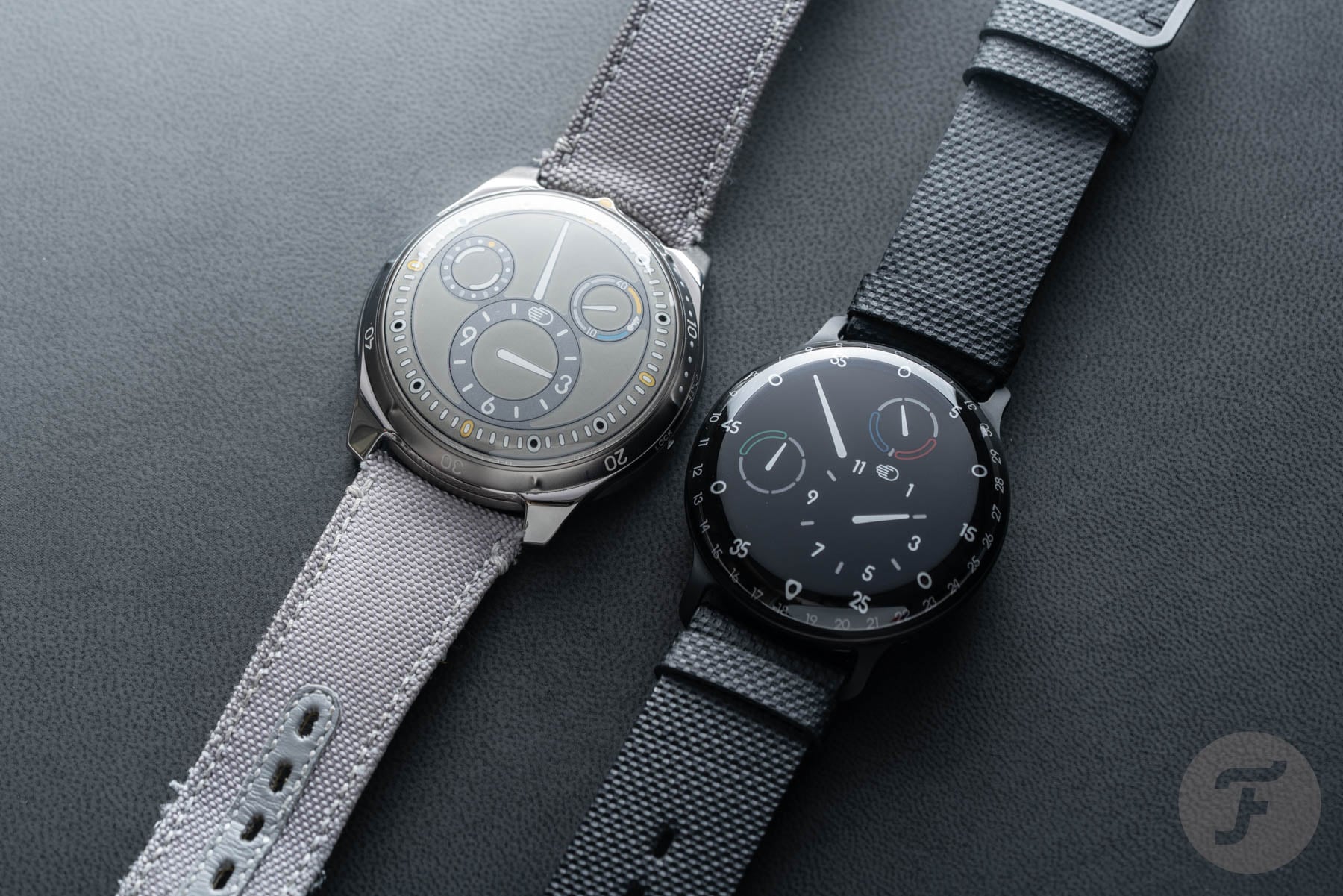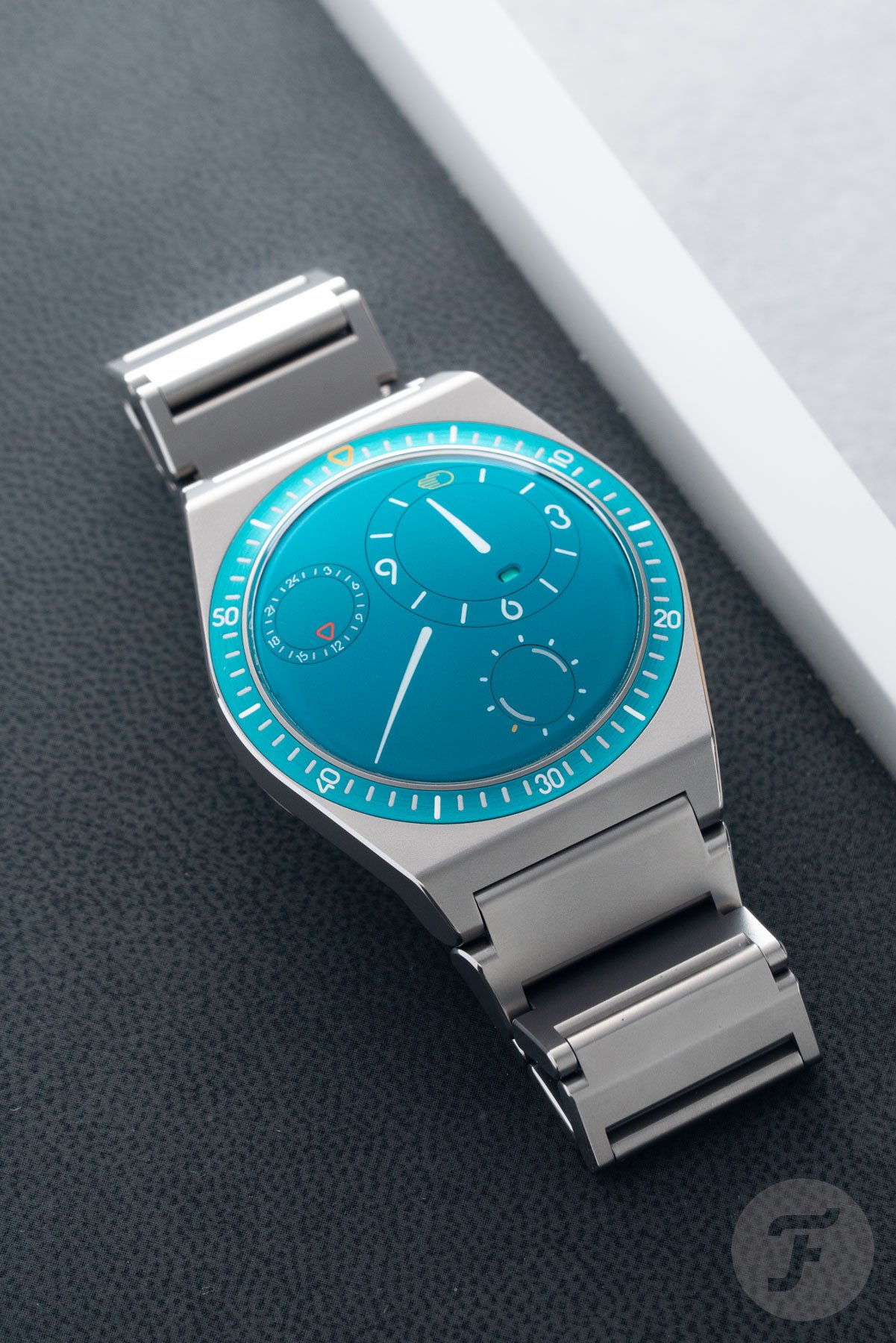Up Close And Personal With Benoît Mintiens And Ressence’s Oil-Filled Watches
Yes, a Ressence watch certainly stands out from most other watches. The apparent simplicity, rounded shape, and thoughtful use of color make Benoît Mintiens’ creations very distinct. The brand’s oil-filled watches — the Type 3, 5, and the recently introduced 7 — best express the founder’s functional philosophy: a mechanical watch should tell you the time in the most user-friendly way. That sounds very logical, but behind all that simplicity lies a world of research, development, and experimentation. We visited Benoît at Ressence’s headquarters in Antwerp, Belgium, to learn more.

The biggest challenge is that all Ressence watches have a mechanical movement at heart. That’s one of Benoît’s non-negotiable requirements. According to him, a watch needs a mechanical movement inside to allow people to connect to it emotionally. In addition, the watch serves the wearer, so readability and ergonomics are of the utmost importance to him. Therefore, it should be easy to read at a glance and shouldn’t get in the way while doing so. Benoîts already had the idea for an oil-filled dial with a screen-like sharpness and the least possible amount of reflections from the brand’s beginning in 2010. But it took quite a few years to accomplish the seemingly simple execution Ressence arrived at with the new Type 7. Today, we’ll take a look at that journey.
Magnetic transmission
For the Type 3, Benoît’s initial idea was to submerge both the mechanical movement and the Ressence Orbital Convex System (ROCS), which is responsible for the satellites’ movement around the dial. In that case, the user would have to set the movement with some kind of magnetic tool from the outside of the watch. However, when you submerge a mechanical movement into oil, the escapement doesn’t function properly anymore. That’s when the idea of two separate sealed chambers came about — one dry, the movement side, and the other wet, the dial side.
Instead of an axis connecting the two parts, Benoît developed a magnetic transmission. This means there are multiple micromagnets (1mm × 0.5mm each) in each chamber that connect them. But anyone who knows a little bit about mechanical movements also knows that magnetism can be detrimental to a watch’s accuracy. To prevent that, in every oil-filled Ressence watch, there is a deflection cage around the mechanical movement. It’s also the reason Ressence uses titanium for the case construction since it’s a non-magnetic metal. This means it doesn’t attract or repel magnets. Aluminum doesn’t either, but it’s less elastic than titanium, making it harder to work with.
Gravitational setting and securing the crystal
On the first models of the Ressence Type 3, the function of the crown (the entire case back) would depend on which way you were holding the watch. If you were looking at the dial, it meant that the crown would set the time. If you held the watch upside down, it meant you could wind it. This gravitational system caused some problems, and Ressence later replaced it with the more user-friendly crown that changes function depending on which way you turn it. This system is still in place today.
Another signature feature of Ressence watches is the pebble-shaped crystal. This does bring some complications with it, though. It took Benoît many tries to safely secure the crystal onto the case. On a regular watch, the bezel holds the crystal in place. However, on a Ressence watch, there is no bezel. In the end, the crystal is glued to the case and then baked in the oven for an even more secure fixation. Other brands, like Swatch, also use this method.
For the Type 5, Ressence had to use a thicker crystal because the watch had to withstand an impact force equivalent to 5,000 g twice. This was necessary to pass the hammer test for its ISO dive watch certification.
Different types of oil
When Benoît started experimenting with his concept of an oil-filled watch, he used oil intended for naval compasses. He only needed about 3.57ml for each watch, so he sourced small amounts from a guy who repaired those compasses. However, when he wanted to buy it directly from a third party, he had to buy entire barrels. That was a bit much, so he switched to oil used to make candles. The problem, however, was that this type of oil had a yellowing effect on the Super-LumiNova used on the dial. In the end, he found a silicon-based and UV-resistant oil that didn’t cause any problems.
To compensate for the changing volume of the oil due to temperature fluctuations inside the watch, in the beginning, there was a membrane embedded in the titanium case. This membrane was later replaced by a bellows system. At first, the bellows were made of gold-plated nickel. However, those would wear out quite quickly, so Ressence switched to the rubber ones that are still in use nowadays.
Filled at -5°C
In addition to this bellows system, which prevents air bubbles from forming inside the watch, the oil goes into the watch at -5°C. The watch then spends one night inside a freezer. This is to make sure the pressure inside is always higher than on the outside.
On each oil-filled watch, you can monitor the oil temperature on the specially developed sub-dials. On the Type 3 and 5, there’s a hand indicating the temperature, while on the new Type 7, it’s simply a window displaying the corresponding color. Blue stands for cold, while green means it’s just right, and yellow and red indicate the oil is too warm.
In theory, the oil temperature can vary between -5 and 55 degrees inside the watch. However, as Benoît showed me on the watch he was wearing, the wearer’s wrist temperature also affects that. This means that in an average climate, the temperature inside the watch is constantly around 26°C.
Service in an oil bath
At the Ressence office in Antwerp, there’s one room dedicated to the brand’s watchmakers. There, the non-oil-filled and oil-filled watches receive their services. If the oil-filled ROCS module needs a service, this happens inside an oil bath. This is rarely the case, though, as there’s very little wear and tear inside the oil-filled chamber. However, when, for example, the crystal breaks, a service is necessary, of course.
Innovation never stops
As you can see, since the Type 3’s introduction in 2013, Ressence’s oil-filled watches have constantly been subject to innovation. Compared to the Type 3 and 5, the ROCS module in the Type 7 now features jewel ball bearings instead of regular axes, jewels, and gears. This is a concept taken from the Type 2, which allows for a much slimmer construction. The only disadvantage is that you can hear these ball bearings rattle when you shake the watch. This doesn’t mean that the watch isn’t well constructed, although the sound does make it seem that way. This is something Benoît is trying to solve for future Ressence watches.
To me, oil-filled Ressence watches and the necessary research, development, and experimentation behind them show exactly how dedicated Benoît Mintiens is to reaching his goal of creating some of the most user-friendly mechanical watches. On top of that, he makes them look clean, colorful, and, above all, unique. I’m very much looking forward to what else Benoît has up his sleeve and how he will perfect an already very user-friendly and great-looking lineup.
Let me know in the comments below what you think of Ressence’s oil-filled watches.
This is a preferred-position post. Learn more.

